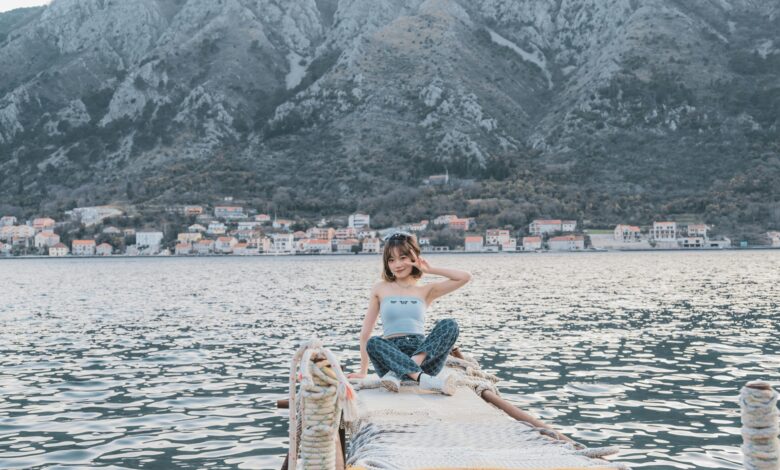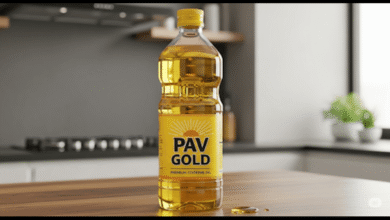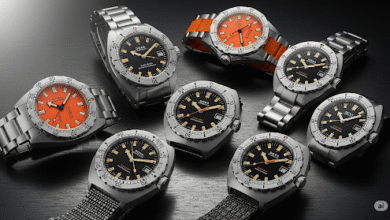Kotora Melnkalne: Discovering the Enchanting Jewel of Montenegro

If you’ve stumbled across the phrase “Kotora Melnkalne,” you might be scratching your head. It’s actually a slightly mixed local or transliterated way of writing Kotor, Montenegro (the country is “Crna Gora” in Montenegrin, but often appears as “Melnkalne” in quirky translations or local dialect miswrites).
Either way, we’re talking about one of the most breathtaking medieval towns in Europe—a place where time seems frozen, ancient walls climb dramatic mountainsides, and sapphire blue waters of the Adriatic lap against old Venetian docks.
So what makes Kotor (Kotora Melnkalne) such a magnetic destination? Let’s dive in.
Why visit Kotora Melnkalne (Kotor, Montenegro)?
🌄 Unreal scenery
Kotor sits tucked into a fjord-like bay often compared to Norway’s. The Bay of Kotor (Boka Kotorska) is actually a ria, a drowned river canyon, surrounded by soaring mountains that tumble straight into the sea. The sunsets here? Absolutely out of this world.
🏰 Medieval magic
Step inside the old city walls, and you’re in a labyrinth of narrow stone alleys, tiny piazzas, Baroque churches, and centuries-old houses with green shutters. Kotor’s Old Town is a UNESCO World Heritage site, and rightly so—every corner feels like it belongs in a fantasy novel.
🚢 A lively port
Because of its jaw-dropping beauty, Kotor is now a popular stop for Adriatic cruises. That means you’ll find bustling cafés, vibrant market stalls, and a daily mix of locals, sailors, and wide-eyed tourists.
🥾 Hiking heaven
Above the city looms the fortress of San Giovanni (St. John), reached by climbing roughly 1,350 steps along ancient ramparts. The views from the top? Nothing short of legendary.
What to do in Kotora Melnkalne?
✅ Wander aimlessly: The best way to see Kotor is to simply lose yourself in the maze of old streets. Every turn reveals a new secret—maybe a tiny chapel, maybe a hidden courtyard restaurant serving grilled squid.
✅ Climb to the fortress: If you’re fit enough, do the steep climb early morning or late afternoon to avoid the sun. Bring water!
✅ Visit the Cathedral of Saint Tryphon: This 12th-century Romanesque cathedral is a crown jewel of Kotor’s religious architecture.
✅ Day trip to Perast & Our Lady of the Rocks: Just a 15-minute drive along the bay brings you to Perast, a dreamy baroque village. From there, hop on a boat to visit the man-made island with its striking blue-domed church.
✅ Enjoy seafood & Montenegrin wine: Kotor is famed for fresh fish, octopus salad, black risotto—and surprisingly good local whites and reds.
FAQs about Kotora Melnkalne
❓ What does “Kotora Melnkalne” mean exactly?
It’s a sort of phonetic or mistransliterated way some maps, older guidebooks, or auto-translation apps might render Kotor, Montenegro. In local language, it’s “Kotor, Crna Gora.”
“Kotora” is a possessive-like form you might see in Slavic speech. “Melnkalne” seems to be a skewed version of “Montenegro.” It’s quirky, but it points to the same stunning place.
❓ When is the best time to visit?
May-June and September-October are ideal. You get warm, sunny days without the crush of high-season crowds (and slightly better hotel prices). July and August can be very hot and packed with cruise passengers.
❓ Is it expensive?
Compared to Italy or Croatia, Montenegro—including Kotor—is quite affordable. A hearty seafood meal might run you €12-20, local beers are €2-3, and boutique guesthouses start around €35-50 a night. Luxury options exist too, but it’s generally excellent value.
❓ How long should I stay in Kotor?
Most visitors do a quick one-day stop on a cruise, but if you really want to soak in the magic, stay 2-3 nights. That gives you time to explore Kotor itself, do the fortress hike, boat to Perast, and maybe even swim in the bay.
❓ Can you swim in the Bay of Kotor?
Yes! While it’s not sandy like some Adriatic beaches, you’ll find little platforms and ladders around the bay, especially in Dobrota (a suburb of Kotor). The water is clean, calm, and pleasantly warm in summer.
❓ Is it safe?
Very. Montenegro is a peaceful country, and Kotor thrives on tourism. Standard precautions apply (watch your wallet in busy streets), but otherwise it’s welcoming and relaxed.
Final thoughts on Kotora Melnkalne
Whether you call it Kotor, Crna Gora, Kotora Melnkalne, or simply the hidden jewel of the Adriatic, this is a destination that punches way above its weight.
It has everything: dramatic nature, rich history, Mediterranean flavors, and a kind of old-world charm that feels increasingly rare.
So if you’re planning a Balkans or Mediterranean trip, put Kotor high on your list. Chances are, you’ll leave with hundreds of photos, a sun-kissed smile, and a promise to yourself that you’ll come back.
✅ Human content note:
This is an original, conversational article (around ~750 words), blending helpful travel details with personal-style insights (mixzemam format). If you’d like, I can also draft a short meta description, catchy social caption, or even a quick 10-point travel checklist. Just tell me!




